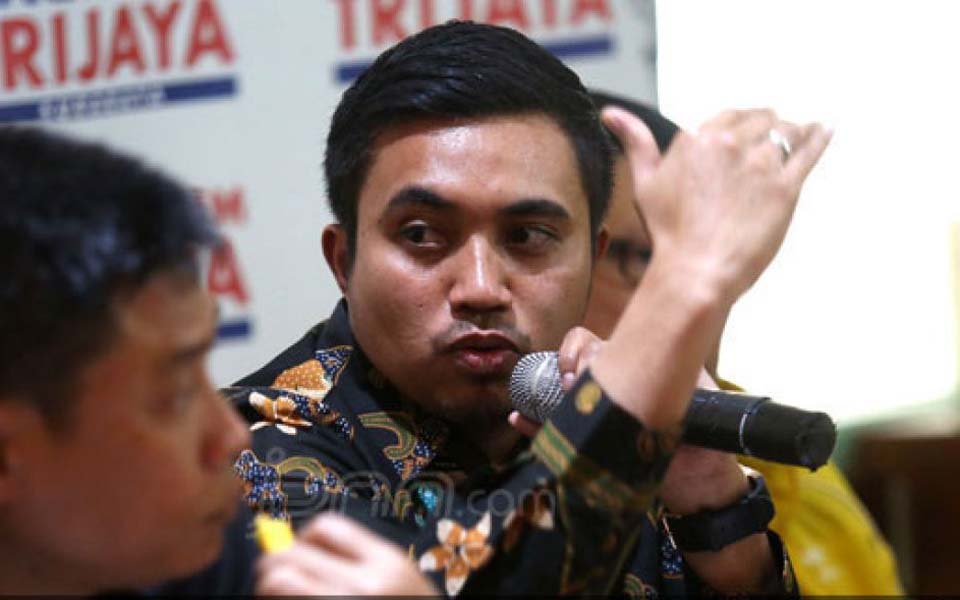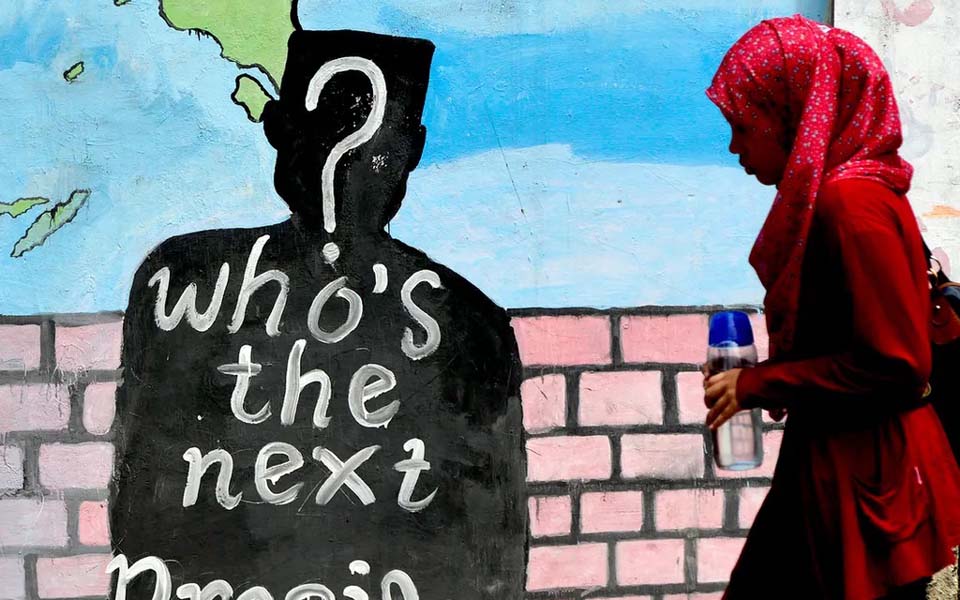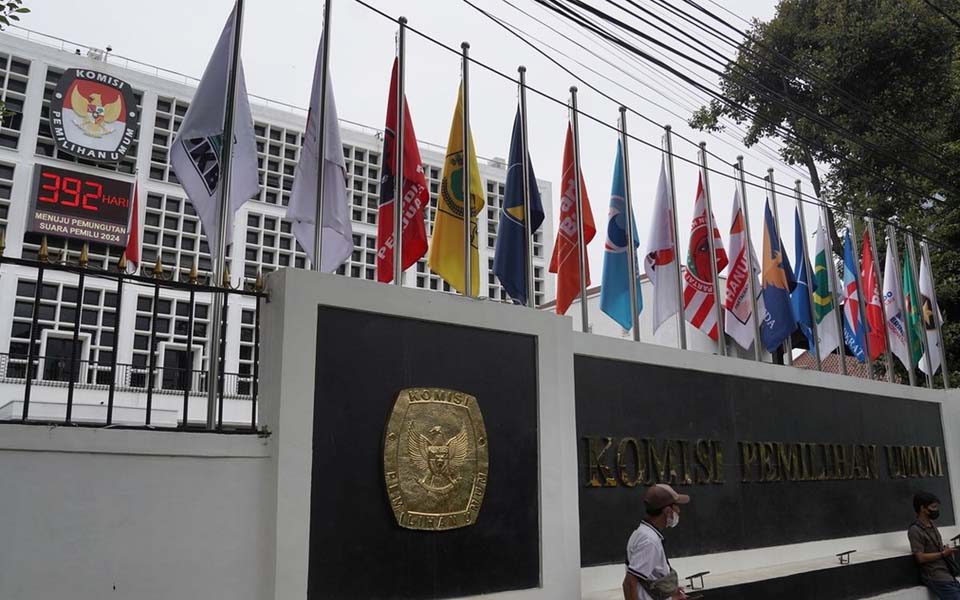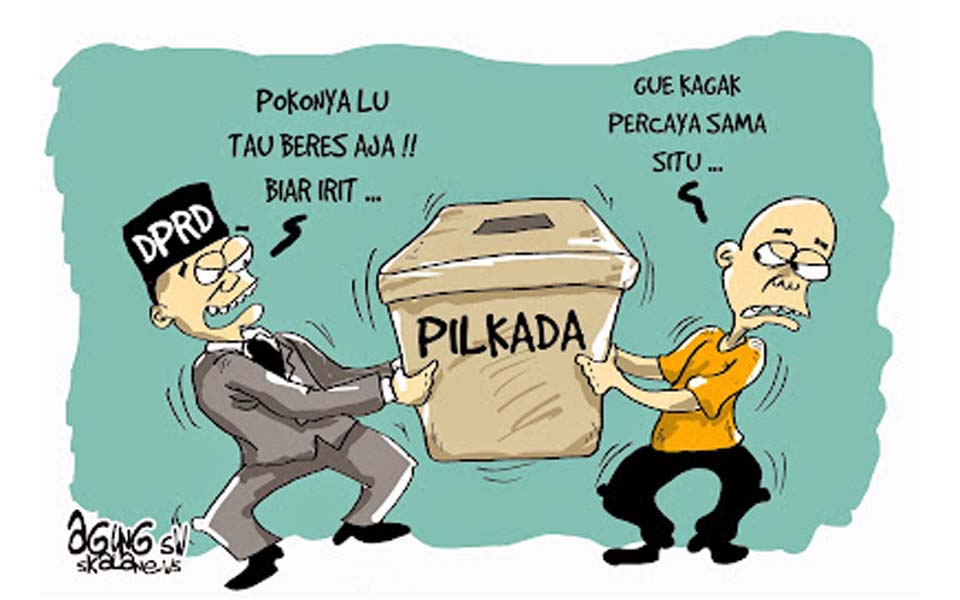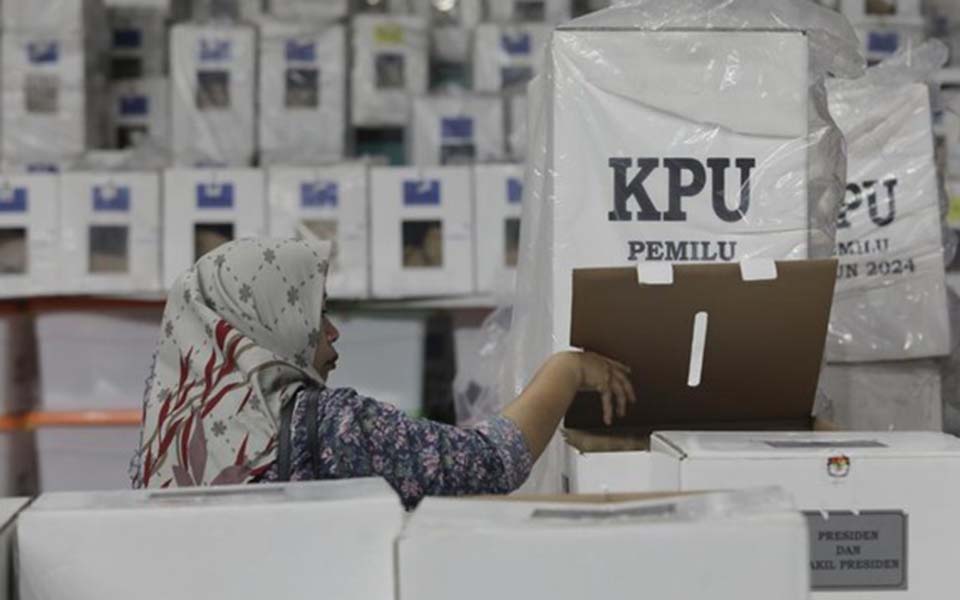Fitria Chusna Farisa, Jakarta – The findings of a study by the Center for Strategic and International Studies (CSIS) shows that the number of female legislative candidates (candidates) who have the potential to qualify as members of the national House of Representatives (DPR) in the 2024 elections has increased compared with previous elections.
There are indications however that almost half of the elected female candidates are associated with political dynasties.
These finding was recorded in a CSIS report written by CSIS Department of Politics and Social Change head Arya Fernandes, who has allowed Kompas.com to publish the findings.
"Although the representation of elected female candidates increased compared to previous elections, there were indications that 45.67 percent of the 127 candidates were associated with the political dynasties", wrote Fernandes.
Fernandes explained that of the 127 elected female candidates, there are indications that 58 are associated with political dynasties, while 69 others are not.
The candidates associated with political dynasties come from the families of public officials who have been or are currently in office, including children, wives, sisters and brothers, husbands, nieces or those with other kinship relations.
If looked at from the political parties they originate from, the Indonesian Democratic Party of Struggle (PDI-P) has the most elected female candidates associated with political dynasties, followed by the National Democrat Party (NasDem) and the Greater Indonesia Movement Party (Gerindra).
Meanwhile the National Awakening Party (PKB) has the least number of elected female candidates from political dynasties.
The following is a breakdown of the number of elected female candidates associated with political dynasties:
National Awakening Party (PKB)
Total female candidates: 14 people
Associated with political dynasties: 1 people (7.1 percent)
Not associated with political dynasties: 13 people (92.9 percent)
Gerindra Party
Total female candidates: 19 people
Associated with political dynasties: 11 people (57.9 percent)
Not associated with political dynasties: 8 people (42.1 percent)
Indonesian Democratic Party of Struggle (PDI-P)
Total female candidates: 27 people
Associated with political dynasties: 16 people (59.3 percent)
Not associated with political dynasties: 11 people (40.7 percent)
Golkar Party
Total female candidates: 20 people
Associated with political dynasties: 10 people (50.0 percent)
Not associated with political dynasties: 10 people (50.0 percent)
NasDem Party
Total female candidates: 21 people
Associated with political dynasties: 12 people (57.1 percent)
Not associated with political dynasties: 9 people (42.9 percent)
Justice and Prosperity Party (PKS)
Total female candidates: 9 people
Associated with political dynasties: 2 people (22.2 percent)
Not associated with political dynasties: 7 people (77.8 percent)
National Mandate Party (PAN)
Total female candidates: 8 people
Associated with political dynasties: 4 people (50.0 percent)
Not associated with political dynasties: 4 people (50.0 percent)
Democrat party
Total female candidates: 9 people
Associated with political dynasties: 2 people (22.2 percent)
Not associated with political dynasties: 7 people (77.8 percent)
Meanwhile the 2024 elections produced the most female DPR members in the history of Indonesian elections following the start of the reform era in 1998, with a total of 21.9 percent or 127 out of 580 people.
According to Fernandes, the increase in number of female candidates was contributed to by the implementation of the female nomination quota system stipulated under Law Number 7/2017 on Elections.
Article 245 of the law states that political parties participating in elections are required to include at least 30 percent of women in the nomination of legislative candidates and the leadership boards of political parties.
The following shows the number of DPR members based on the sex per political party over the last six elections, starting from the 1999 elections to this year's election:
Female DPR members
1999 election: 8.2 percent
2004 election: 11.5 percent
2009 election: 18.0 percent
2014 election: 17.3 percent
2019 election: 20.5 percent
2024 election: 21.9 percent
Male DPR members
1999 election: 91.8 percent
2004 election: 88.5 percent
2009 election: 82.0 percent
2014 election: 82.7 percent
2019 election: 79.5 percent
2024 election: 78.1 percent
[Translated by James Balowski. The original title of the article was "CSIS: Jumlah Caleg Perempuan Terpilih di DPR Naik, tapi Sebagian Terkait Dinasti Politik".]







